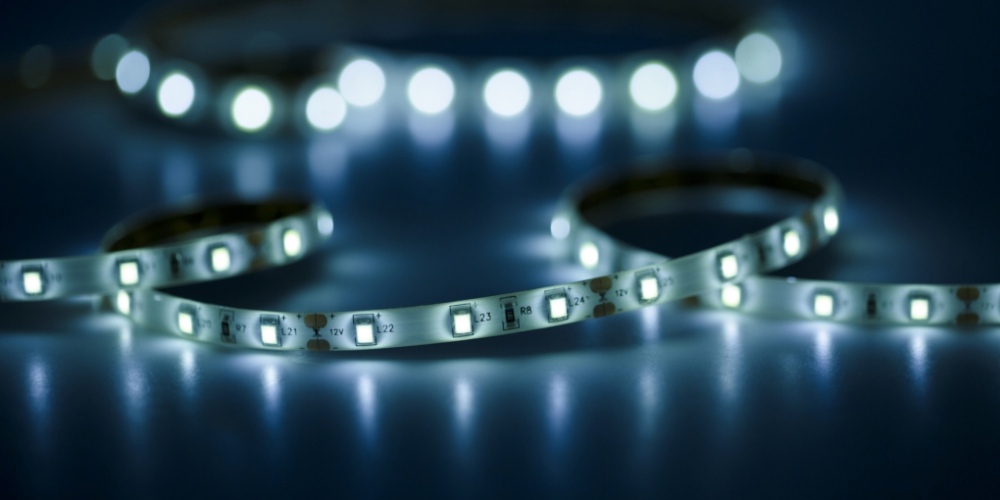what are you looking for?
In the realm of lighting, Light Emitting Diodes (LEDs) have become synonymous with efficiency, sustainability, and versatility. These small, solid-state devices are transforming the way we illuminate our homes, offices, streets, and even our entertainment venues. With their remarkable energy efficiency, longevity, and adaptability, LEDs have garnered significant attention and adoption across various industries.
The inception of LED technology dates back to the early 1960s when researchers discovered the phenomenon of electroluminescence in semiconductor materials. This groundbreaking discovery paved the way for development of the first practical LEDs by Nick Holonyak Jr. at General Electric in 1962. initially, LEDs emitted low-intensity red light, but advancements in semiconductor materials soon expanded their color range to include green, yellow, and blue.
LED lighting consumes significantly less energy than conventional lighting sources. LEDs convert a higher percentage of electrical energy into light, resulting in lower electricity bills and reduced carbon emissions.

Besides, LEDs boast an impressive lifespan, far exceeding that of traditional bulbs. While incandescent bulbs typically last around 1000 hours and compact fluorescent lamps last approximately 8000 hours, LEDs can endure up to 50000 hours or more under optimal conditions.
Unlike fragile incandescent and fluorescent bulbs, LEDs are solid-state devices that can withstand shock, vibration, and temperature fluctuations. This durability makes them ideal for outdoor and industrial applications. LEDs illuminate instantly without the need for warm-up time, providing immediate brightness and eliminating the annoying delay experienced with some traditional bulbs.
Lastly, the compact size and directional light output of LEDs offer unparalleled design flexibility. They can be arranged in various configurations to create customized lighting solutions for different spaces and applications.

Xiamen SLD Technology Co., Ltd
 Chengyi North Street, Software Park 3, Jimei District, Xiamen Fujian, China
Chengyi North Street, Software Park 3, Jimei District, Xiamen Fujian, China +86 188 5929 8629
+86 188 5929 8629 sales@solarlightsdo.com
sales@solarlightsdo.com Blog | Sitemap | XML | Privacy Policy
Blog | Sitemap | XML | Privacy Policy

